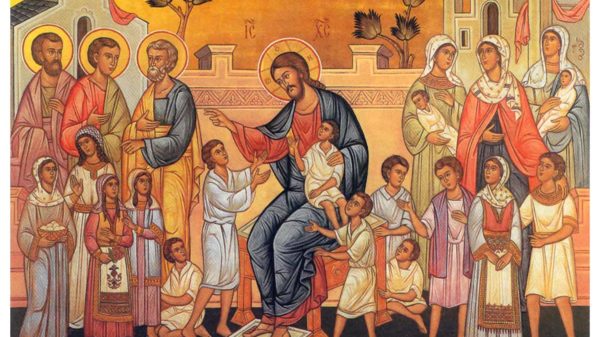Medieval societies always feared having a lack of food. Although most people were subsistence farmers and raised survival gardens with calorie crops, crop surpluses were rarely enough to create viable storage systems and even the greatest lord could not keep enough grain to outlast a famine. By the beginning of the 1300s the population had grown to such an extent that adequate amounts of food could only be grown under the best of conditions. There was no margin of failure for crops. The problem this century saw was a changing climate, with cooler and wetter summers and earlier autumn storms.
Malnutrition had always been present, but few actually died. But the cold and wet springs and summers of 1315-17 decimated crops and all classes of society suffered. People resorted to killing their draft animals and eating seed grain for food. Dogs and cats disappeared there were even rumors of cannibalism in some villages. Oddly enough, it was the Black Death that alleviated some concerns over famine, as the survivors found they had more food available.
Rumors of a famine usually preceded the actual crisis. Hoarding would begin and black markets for food would find plenty of customers. Bakers may try and fill bread loaves with fillers other than grain to match required weights and shapes. The elderly often voluntarily stopped eating so younger members of the family could survive, and there were numerous reports of cannibalism.
Medieval stories like Hansel and Gretel, like most of Grimm’s Fairy Tales, has a basis in reality and illustrated the harsh possibilities of famine.












